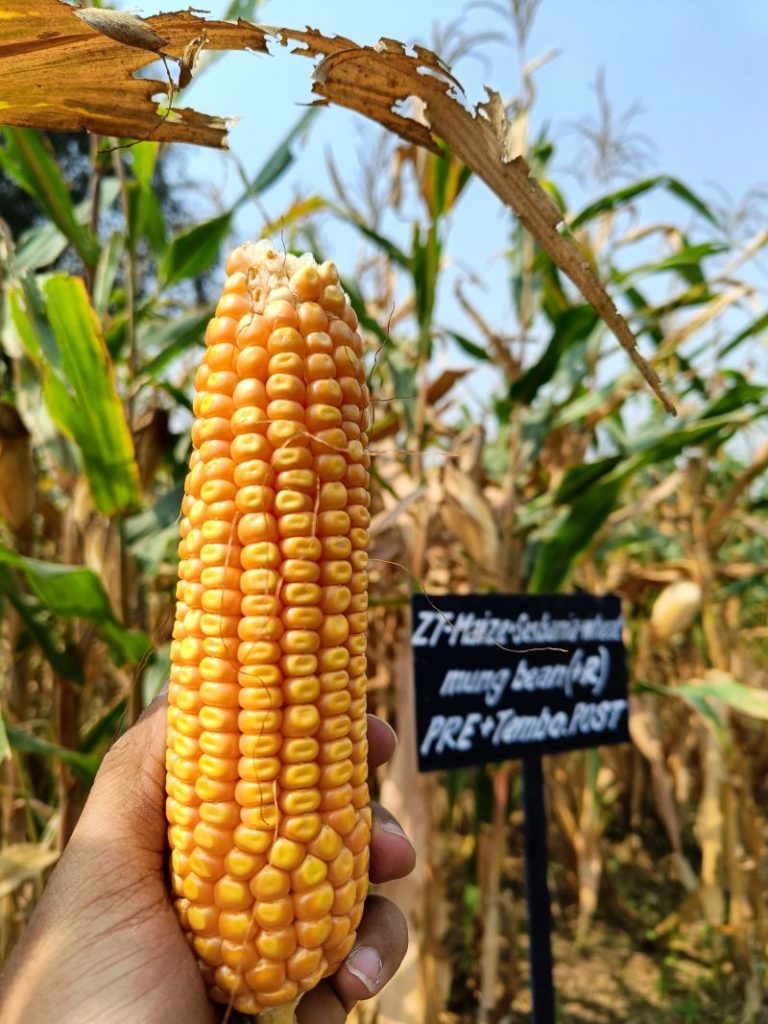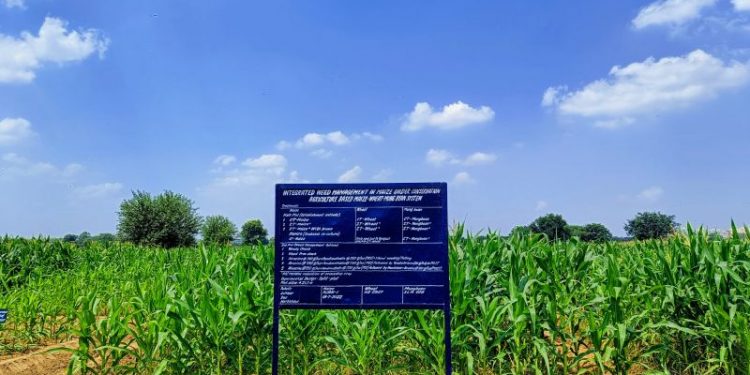Exploring Innovative Weed Management Strategies in Maize Cultivation
Sougata Roy’s recent publication in the Indian Journal of Agronomy presents groundbreaking research on the use of Tembotrione, a new-generation herbicide, within conservation agriculture-based maize cropping systems. The study, titled “Selectivity of New Generation Herbicide Tembotrione Under Conservation Agriculture Based Maize in Maize-Wheat-Mungbean Cropping System,” emphasizes the significance of effective weed management strategies in modern agriculture.
In conservation agriculture, where practices focus on maintaining soil health and minimizing disturbance, weed control can pose significant challenges. Roy’s research investigates the efficacy of Tembotrione, a post-emergence herbicide known for its unique mode of action as an HPPD inhibitor. By disrupting chlorophyll synthesis in target weeds, Tembotrione offers an innovative solution for controlling weed populations in maize fields.
A critical aspect of this study is the integration of brown manuring, which involves the use of cover crops to enhance soil fertility and suppress weed growth. The combination of brown manuring and Tembotrione demonstrates promising results, offering farmers an effective approach to manage weeds while promoting sustainable agricultural practices.
This research is particularly relevant for agronomists, farmers, and agricultural entrepreneurs looking to optimize crop yields while adhering to conservation agriculture principles. By understanding the selectivity and efficacy of Tembotrione in diverse cropping systems, stakeholders can make informed decisions that align with both productivity and sustainability goals.
Roy’s work contributes to the ongoing dialogue around innovative herbicide development and its role in advancing sustainable agriculture. The findings offer valuable insights into effective weed management strategies that can enhance productivity in maize, wheat, and mungbean cropping systems.






